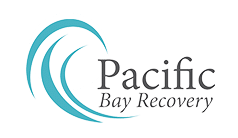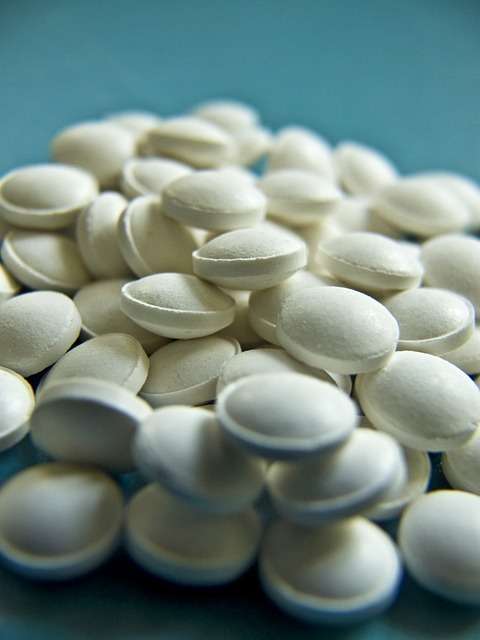Besides the 350,831 individuals who passed away directly from the coronavirus in the year 2020, the stress and disruptions that resulted from COVID-19 contributed to several additional fatalities. In 2020, preventable drug overdose fatalities increased by 34.4 percent from 62,172 in the year 2019. Roughly 83,558 patients died in 2020 from preventable drug overdoses – a rise of 649 percent since 1999. Those fatalities represent 91 percent of the overall 91,799 drug overdose fatalities in the U.S., which additionally include homicide, suicide, and undetermined intents.
Most preventable drug overdose fatalities (77 percent) involve opioids, which totaled 64,183 in the year 2020. Opioid drugs involve both illicit drug and prescription drug categories. The drug classification most often involved in preventable opioid overdoses and increasing at the fastest rate is synthetic opioids other than methadone. Synthetic opioids accounted for around 53,480 preventable deaths in the year 2020, which represented a 59 percent rise over the 33,725 figure in 2019.
Opioid agonist is a synthetic opioid analgesic. It was originally formulated in the 1950s and in 1960, was synthesized by Janssen Pharmaceuticals. During that time, it was believed to be a more effective and safer alternative to the addictive prescription painkillers meperidine and morphine. The reality is that this drug is 30 – 50 times more potent than heroin and 50 – 100 times more potent than the prescription painkiller morphine. For that reason, addiction treatment facilities in San Diego, CA are oftentimes full. According to studies published in the Annals of Pharmacotherapy journal, a dosage of an opioid agonist as little as .25 milligrams may be deadly. To put this in perspective, a regular aspirin tablet is 325 milligrams. As with other opioid drugs, an opioid agonist functions by binding to the human body’s opioid receptors, located in regions of the brain that control emotions and pain.
The original brand of opioid agonist pills was approved by the United States FDA (Food and Drug Administration) in September 2006. Kinds of presently prescribed, Food and Drug Administration-approved opioid agonists are:
- A sublingual spray
- A nasal spray
- A film that is applied to the interior lining of the lip or cheek
- A sublingual tablet put underneath the tongue
- A lollipop (lozenge on a stick)
- A transdermal patch applied to the skin
- A tablet applied between the cheek and gum
A lot of drug addicts use this drug because it offers a more impactful high than heroin, albeit of briefer duration. As with other opioids, it’s extremely addictive and requires addiction treatment facilities in San Diego to avoid symptoms of withdrawal. Some drug users shoot up a possibly lethal combination of cocaine or heroin laced with opioid agonists that substantially increase its danger and potency. Illicit opioid agonist is made in clandestine labs mainly in China and Mexico as a powder, splashed on blotter paper, or made in tablets that look like less potent opioids.
In the latter instance, drug users think they’re purchasing prescription pain pills such as hydrocodone or oxycodone, both of which are much less potent than the opioid agonist. As a matter of fact, pills located in the Minnesota residence of Prince have marked hydrocodone, even though testing uncovered that they contained fentanyl. Subsequent toxicology claims attributed the death of Prince to this drug.
Naloxone is a lifesaving emergency intervention utilized to aid in the prevention of opioid-associated overdose fatalities, but it doesn’t address the underlying dependency. Because of its addictive and powerful effects, professionally supervised rehab and detox at Pacific Bay Recovery is the only efficacious and safe addiction treatment program in San Diego, CA for individuals addicted to synthetic opioids.
End Drug Abuse With Addiction Treatment San Diego
Synthetic opioids cause a rise in dopamine levels in the reward areas of the brain, therefore generating a state of relaxation and euphoria. Someone who has chronic pain may develop a tolerance to fentanyl that is legally prescribed and consume escalating doses to get relief. In some cases, a legal drug prescription might run out, which causes someone who’s already addicted to the drug to purchase it on the street.
Other people abuse synthetic opioids mainly for their euphoric effect. Synthetic opioid addiction treatment, through an inpatient drug rehabilitation program, is already a challenge but becomes even more so with the co-occurring use of additional prescription and illicit drugs, whether unintentional or intentional.
If you’re experiencing a synthetic opioid addiction, contact the professionals at Pacific Bay Recovery and end the needless suffering today!


